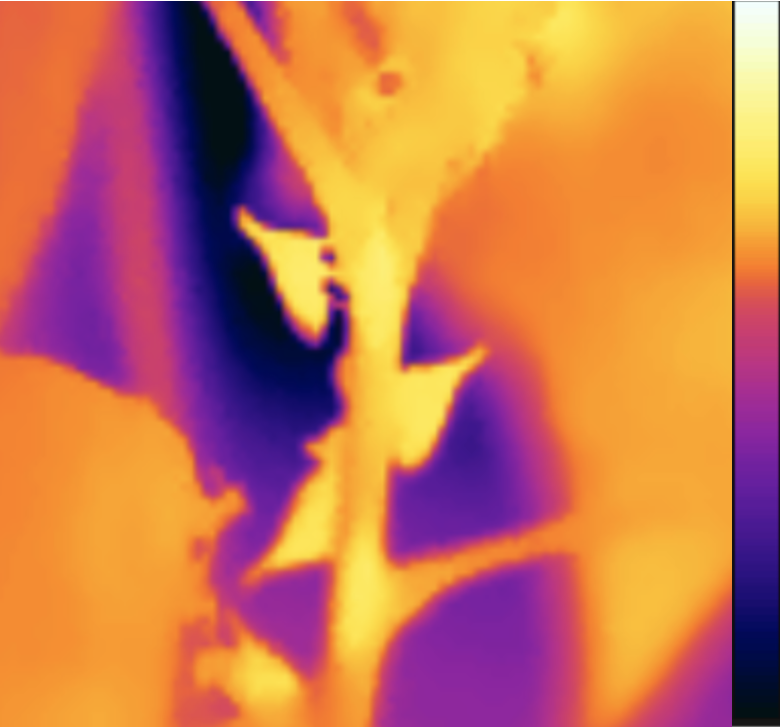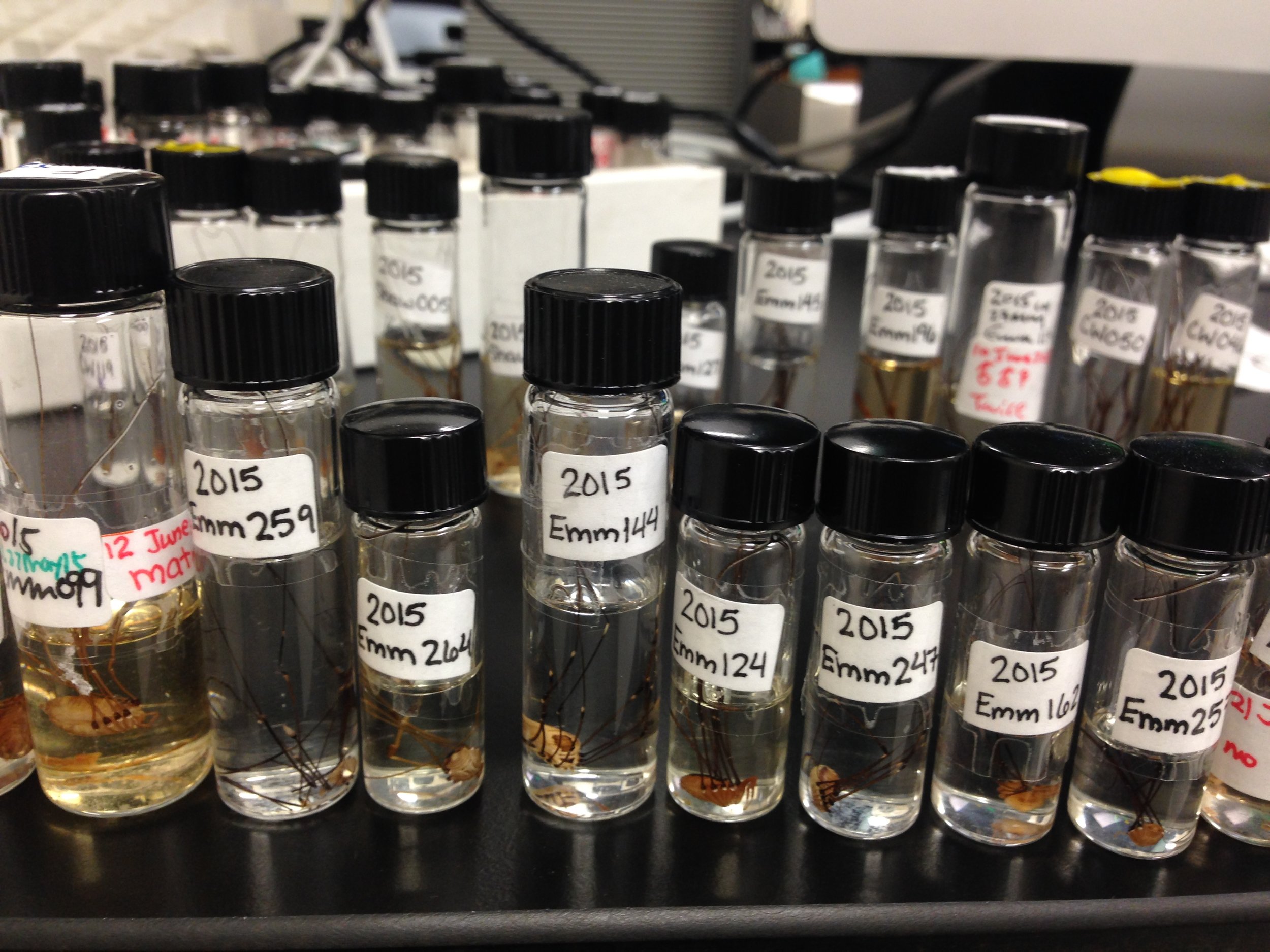Our world is rapidly changing, and we want to understand how biodiversity will respond.
Broadly, our research focuses on how biotic and abiotic environmental conditions shape behavioral and physical traits, with a focus on predation, mating, and communication. We study how genotypes and the environment interact to produce phenotypes, and dive deep into plasticity—i.e. flexibility—in animal traits. We ask how plasticity is maintained and expressed via genetic processes, if plasticity affects the evolution or expression of other behavioral and physical traits, and whether plasticity can facilitate adaptation to a changing environment.
Our methods include observational and manipulative approaches in the field and the laboratory, using cutting-edge technologies like laser vibrometers and high speed videography. We anchor our findings in the natural history of the organism with field studies that complement laboratory experimentation.
Themes in our research
Our research is loosely organized around four main themes: 1) Climate change & reproduction; 2) Urbanization & trophic interactions, 3) Plasticity & diversification, and 4) Vibrational acoustics. We address a variety of questions within these themes using insects and arachnids.
Climate & mating
We study how multiple aspects of mating and reproduction vary with environmental conditions
Projects include
Thermal sensitivity and plasticity in treehoppers & harvestmen
Developmental plasticity across temperatures and reproductive fitness in treehoppers
The effects of temperature and water availability on mating dynamics in wolf spiders
Urbanization & predation
We examine how urbanization affects how species interact
Projects include
The effects of traffic noise on predator-prey interactions
How multiple sensory pollutants affect trophic interactions
Movement ecology under different urbanization conditions
Plasticity & diversification
We study how experience with biotic and abiotic conditions affects patterns of mating and evolutionary diversification
Projects include
How experiencing different types of mates affects mating decisions
The effects of familiarity on mating patterns and aggression
Plasticity in response to host plant identity and consequences for assortative mating
Environmental variability and mating in arachnids
Biotremology
We study the ecology, evolution, and mechanisms of vibrational acoustics and other aspects of Biotremology
Projects include
Tests of the acoustic niche hypothesis for substrate-borne vibrations
Patterns of signal diversity across plant structures in prairie insects
How different types of plants affect vibration transmission
Explore other projects!
Harvestmen sex. The harvestmen of North America exhibit high diversity in mating behavior across even closely related species. In this study, behavior is compared across species, as well as across geographically separated populations of a single species, in order to better understand the determinants and dynamics of mating behavior.
Sound library. Vibrational signals are incredibly diverse and beautiful. We spend a lot of time recording sounds from the field and trying to identify the insects producing them (sometimes you can hear the sound but see no insect around!). This project aims to assemble a sound library of vibrational acoustics as well as project resources for researchers of all stages to get involved in Biotremology!
Predators attack. Attracting mates, finding food, and generally going about your day can be very risky when predators are around. Thus, animals have evolved a variety of ways to detect, avoid, and escape predators to increase their survivorship. We explore the types of sensory cues that prey use to detect predation threats, how individuals change their behavior to avoid detection, and the tactics prey use to escape attacks.
Featured projects
Too Hot to sing
Temperature variation and mating behavior in treehoppers
Global warming poses unknown challenges to the abilities of animals to attract and find suitable mates. In this study, we use Enchenopa binotata treehoppers--captured across a latitudinal gradient--to better understand the plasticity of male signals and female preferences in response to temperature changes, as well as their potential consequences for reproduction.
Harvestmen Sex
Environmental, physiological, and social drivers of mating behavior
The harvestmen of North America exhibit high diversity in mating behavior across even closely related species. In this study, behavior is compared across species, as well as across geographically separated populations of a single species, in order to better understand the determinants and dynamics of mating behavior.
predators attack
Strategies for detecting and escaping predators in arthropods
Attracting mates and finding food can be risky when predators are around. In this study, we explore 1) the types of "sensory cues" (e.g. sight, sound, or chemicals) that prey use to detect predation threats; 2) how individuals change their behavior when a predator is around to avoid detection; and 3) the behavioral, physiological, and physical tactics that individuals use to escape an attack.













